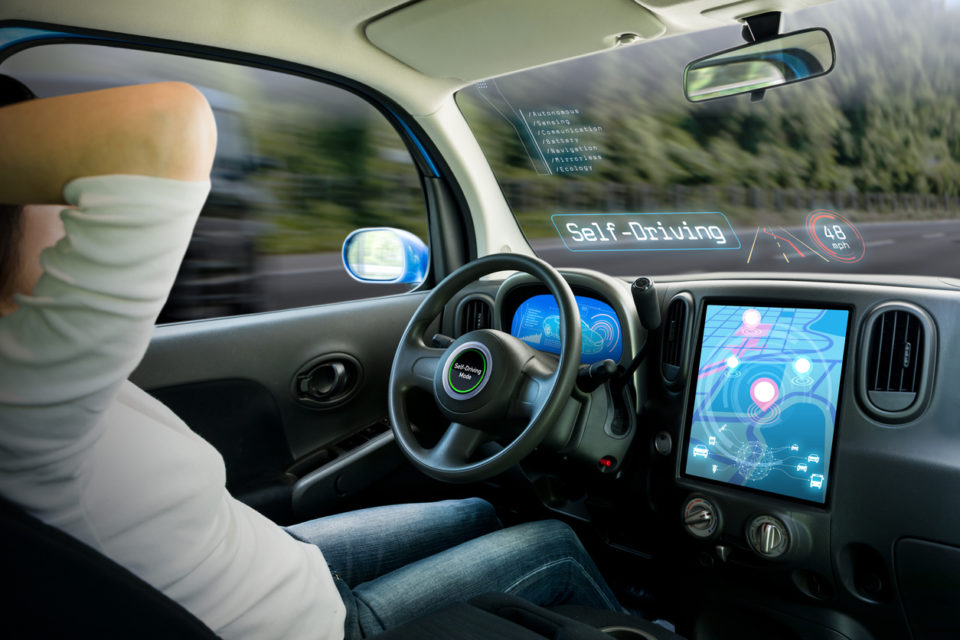
Imagine a day when you’re daily commute can be used to read a book or handle last-minute preparations. Got a long trip ahead of you, entertain yourself with a movie or even take a nap because your vehicle will be doing the driving all on its own. Automotive manufacturers across the nation are working to create autonomous vehicles. Many manufacturers have made great strides in this arena, but you can’t go to sleep at the wheel just yet. Keep reading as this Politico shares insights on autonomous driving and the way of future traveling, specifically with GM models.
GM’s Super Cruise
General Motors (GM) is paving the way in automotive innovation with Super Cruise. Super Cruise is the industry’s first true hands-free advanced driver assistance system. Available on select GM models, Super Cruise highlights the company’s dedication to safe deployment. This technology is considered Level 2 hands-free driving assist. It combines the vehicle’s precision LiDAR map data, real-time cameras, radars, and GPS to help the car stay on track. It also uses “sensor fusion.” Sensor fusion creates a sensory field around the vehicle to assist in keeping it centered in its lane. The effectiveness and safety of Super Cruise are proven by the more than 60 million miles GM customers have driven using it. It’s a game-changer. Once you experience Super Cruise, you won’t want to drive without it.
Autonomous Vehicle Regulations
GM’s focus is not only on enhancing the present but also shaping the future of transportation. The company is working with key policymakers, partners, and communities to develop an Autonomous Vehicle (AV) policy framework. This framework aims to guide the development and deployment of the autonomous vehicles of the future, prioritizing driver safety.
Navigating the regulatory landscape is a crucial part of this process. The National Highway Traffic Safety Administration (NHTSA) has a set of rules called the Federal Motor Vehicle Safety Standards (FMVSS). Every car must meet these rules to be road-ready in the U.S.
Now, consider the self-driving Cruise Origin. It’s a zero-emission, shared electric vehicle designed to operate without a human driver. This vehicle does not rely on traditional human-centered features like a steering wheel or sun visor. Instead, it includes additional safety measures like airbags and seat belts. To manufacture such a vehicle, GM needs an exception to NHTSA’s rules. The company has submitted a petition demonstrating how the Origin meets the safety objectives of the FMVSS. If granted, GM will be allowed to produce 2,500 vehicles per year for two years. For the full potential of autonomous vehicles to be realized and to build them on a larger scale, action from Congress and additional authority from NHTSA will be necessary.
You might also like: Host The Perfect Party With A Charcuterie Board
Creating a Sustainable Future
GM’s vision extends beyond autonomous vehicles to a more sustainable future. The company plans to make its global products and operations carbon-neutral by 2040 and eliminate tailpipe emissions by 2035. These ambitious goals signify a commitment to revolutionize the energy ecosystem, setting the stage for a zero-emissions future. By prioritizing inclusive climate actions, GM ensures its workforce and communities benefit from this transformative shift.
GM’s Super Cruise and the broader push towards autonomous vehicles represent a significant leap forward in transportation. While challenges remain, the company’s commitment to safety, regulatory compliance, and sustainability are driving us towards a safer and cleaner future.
Disclaimer: The stock image is being used for illustrative purposes only, and it is not a direct representation of the business, recipe, or activity listed. Any person depicted in the stock image is a model.
